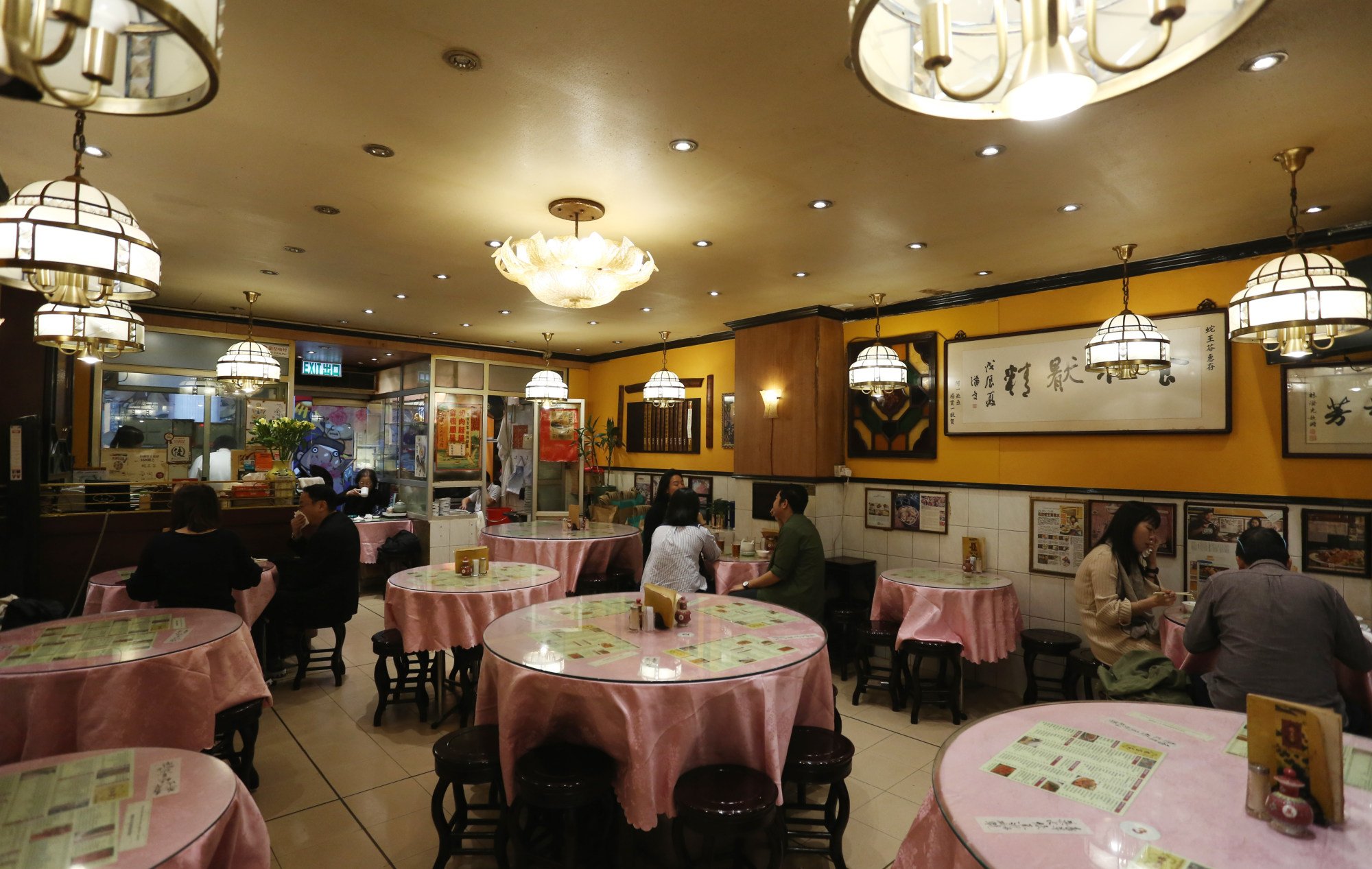Among Jiang’s recipes, the best-known is the five-snake soup, noted for its traditional Chinese medicinal benefits of dispelling “dampness” in the body as well as increasing blood circulation.
The star ingredients are the five species of snakes – both venomous and non-venomous; but Jiang’s recipe also includes chicken, abalone, fish maw, bamboo shoots, shiitake mushrooms and wood ear (black ear) fungus.

The complex and labour-intensive recipe has made snake soup the unique speciality it is today.
“Snake has been said to be healthy since the Han dynasty, hence it’s in a lot of important Chinese medicine formulas,” says Gigi Ng, the fourth-generation owner of Ser Wong Fun, which has more than a century of history.
Ng’s great-grandparents were Chinese doctors, who had incorporated snake essence into traditional Chinese medicine (TCM) in the form of tonics and rice wines since 1895.

Over time, the family business shifted focus to snake soup and, in around 1940, began serving Hong Kong’s Central and Sheung Wan districts, starting with carts and stalls and eventually moving into its current, Cochrane Street location, in Central.
However, snake soup is not for healing, Ng clarifies, “it’s for rejuvenating and balancing your body”.
“There are five principles to making a good bowl of snake soup: boiling the soup base for more than 12 hours; finely and evenly chopping the ingredients; preparing the ginger carefully to avoid a spicy taste; hand-picking high-quality fish maw; and lastly, the fresh snake meat.”

Older generations in Hong Kong may remember consuming the soup next to cages filled with slithering snakes – but thanks to food-safety regulations, such a curious sight is no longer encountered.
“Everything is frozen nowadays, so it’s about how we handle the meat and trying to get it as fresh as possible,” says Ng.
“A variety of snakes are used in the soup, some native to Hong Kong, and others not,” says Félix Landry Yuan, a postdoctoral researcher at the University of British Columbia, in Canada.
“The two most common we found were the non-venomous Oriental rat snake, which lives in South and Southeast Asia, including Hong Kong, and the venomous Javan spitting cobra, which is native only to Indonesia.”
Snake soup is a historical heritage of Hong Kong and survives as a culinary remnant of ancient Cantonese food
Landry Yuan was the lead researcher for the 2022 article “Conservation and cultural intersections within Hong Kong’s snake soup industry” while taking his PhD at the University of Hong Kong.
“Both venomous and non-venomous snakes are eaten, but venomous snakes are preferred at some shops since their gallbladders or bile can be sold,” he says.
In TCM, snake bile is believed to improve virility and strengthen bones.

As for the soup, Ng says it’s an alkaline food that helps with detoxification, indigestion and reducing the risk of cancer; it is also “high-protein, low-fat”, has “lots of vitamins and collagen” and promotes better sleep.
And scientifically, snake meat is “considered a good source of lean protein”, says registered dietitian Anthony Cheung Cheuk-hin.
“It’s packed with essential amino acids and a wide range of micronutrients such as calcium, iron, zinc and vitamins A and B, which help maintain a robust immune system and other bodily functions,” says Cheung.
13 best new restaurants and bars in Hong Kong to try in December 2023
13 best new restaurants and bars in Hong Kong to try in December 2023
However, the soup’s fat content usually increases when the snake meat is fried, as lard and sauces are added.
As a result, Cheung says, “A small bowl of snake soup contains about 150 calories, seven to 10 grams of protein, five to 10 grams of fat and a relatively high level of sodium.”

However, sodium and fat are not the only reasons there are fewer snake-soup restaurants in Hong Kong today.
As it turns out, even the noodle-shaped reptiles could not slither their way out of quarantine.
Landry Yuan says that in the early days of the 2003 outbreak of the severe acute respiratory syndrome (Sars), as well as the recent Covid-19 pandemic, snakes were suspected of being a possible source of the viruses.
‘Eating meat is going to feel like smoking’: Eleven Madison Park chef
‘Eating meat is going to feel like smoking’: Eleven Madison Park chef
“Although this was disproved, many people continued to falsely believe that the disease could be contracted from eating snake meat,” he says. “With new laws targeting the wild-meat trade in response to the outbreak, importing snakes from mainland China became more difficult for many establishments.
“Compounded with a decline in popularity for snake soup, many of Hong Kong’s snake-soup shops took a big financial hit.”
Landry Yuan says the growing stigma towards wild meat in response to disease outbreaks could have a strong impact on the snake-soup industry.

Many shopkeepers he interviewed were also worried about declining snake populations that could potentially lead to the downfall of the tradition.
Moreover, there is a rising awareness of the need for wildlife conservation among Hong Kong’s younger generations, which he believes to be a worthy cause. But he also says that snake meat can be more sustainable than meat from other commercially farmed animals.
“If farmed ethically and properly, I would imagine snakes take up less space, consume less resources, emit less greenhouse gases, and are perhaps even healthier to eat than cattle or pork,” says Landry Yuan.
“Snake soup is a historical heritage of Hong Kong and survives as a culinary remnant of ancient Cantonese food.
“It shouldn’t pose an issue if the snakes are sourced ethically and sustainably. Perhaps a stronger emphasis on ensuring snake meat is sourced responsibly could prolong or revitalise the tradition.”







